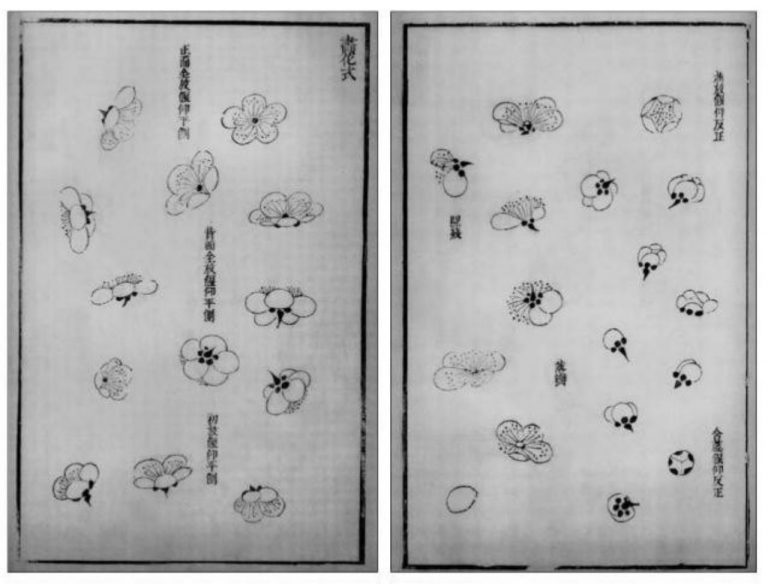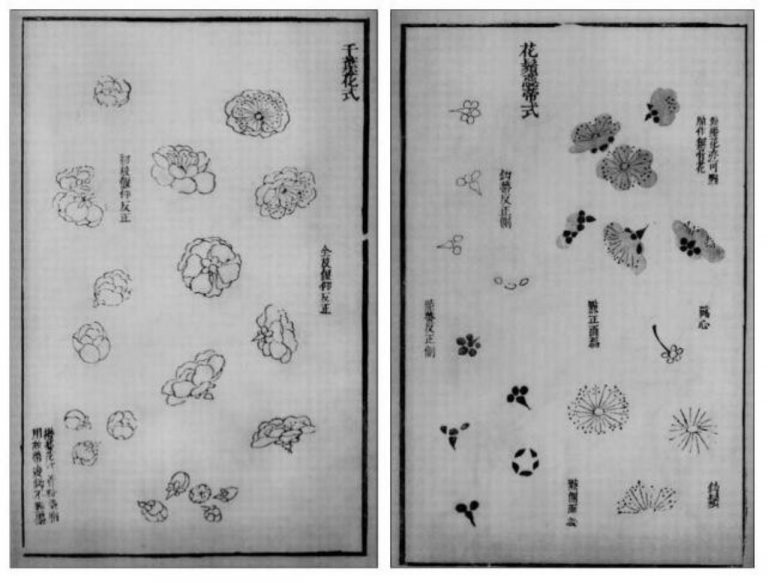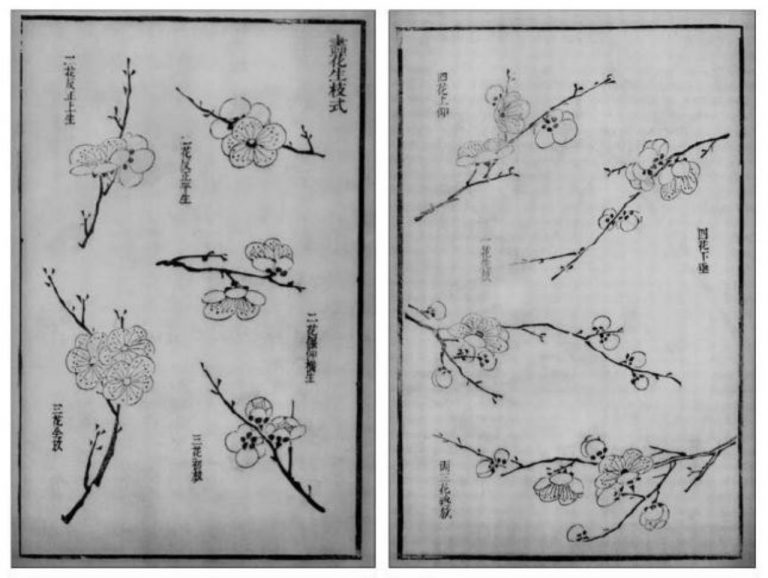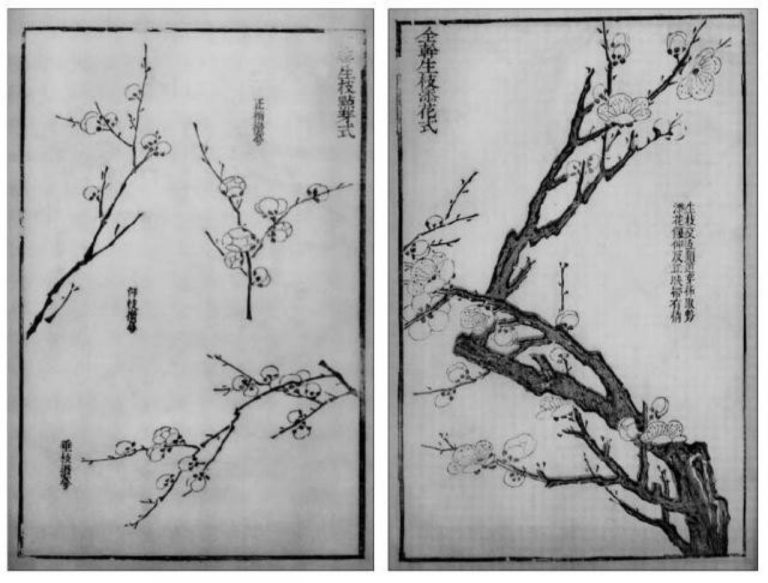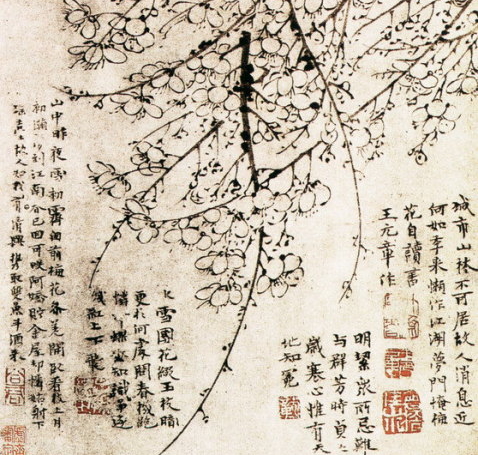
Plum blossoms – symbol of winter strength
Plum blossoms (梅花 méihuā) always add a very elegant touch to the cold winter when almost no flowers can survive its low temperature and harsh wind. It is exactly because of its ability to flourish at this severe weather, winter blossom is seen as a symbol of being firm and indomitable. And these precious values are regarded as essential elements for a gentleman by ancient Chinese intellectuals. Together with bamboo, orchid, and chrysanthemum, these four plants are considered as the four gentlemen in Chinese culture and probably, they are the four most important things one should learn to paint for his Chinese painting training. Here, we have organized a set of principles from the Mustard Seed Garden painting manual on how to paint winter blossom. So, get your art materials ready and join us if you are into this subject!
5 principles of painting plum blossoms
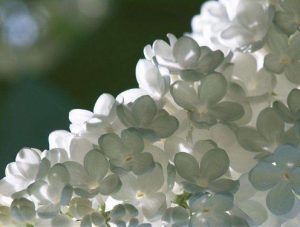
- Position: the position of winter blossom petals are similar to this Syringa oblata (early flowering lilac). The petals seem to grow directly from the branch and each petal overlaps with its neighbours. Each petal seems to convey the spirit that the winter blossom is using all its strength and courage to fight against the bad weather.
- Ying and Yang composition: the winter blossoms should be placed thus: small and big, strong and weak, fresh and old blossoms should be combined in a natural arrangement. For example, if there is a fading flower, there should be some flourishing flowers next it.
- Connections: each petal is sort of combined like the shape of Chinese character ‘丁’ or three dots in the same position of this character. Each dot is one petal and each dot/ petal are connected but not attached to each other.
- Four directions: this means that each petal points in a different direction and that no flower has two petals pointing in the same direction.
- Neither pointed nor sharp: the petal is painted freehand and a perfect petal should neither be round nor sharp. This sounds easy but does require a lot of practice till you can confidently paint a petal with one natural stroke which makes a perfect blossom petal shape. In Chinese, sometimes this is referred as ‘ make sure each petal stands out humbly while eye-catching’.
Plum Blossom Paintings by Wang Mian
Wang Mian 王冕, 1287 – 1359 Yuan dynasty, was a famous Chinese painter and poem in Chinese history. He is especially famous for his ink blossom paintings. And inkston adores his spectacular skills on painting ink plum blossoms. Here we share some of his art works.

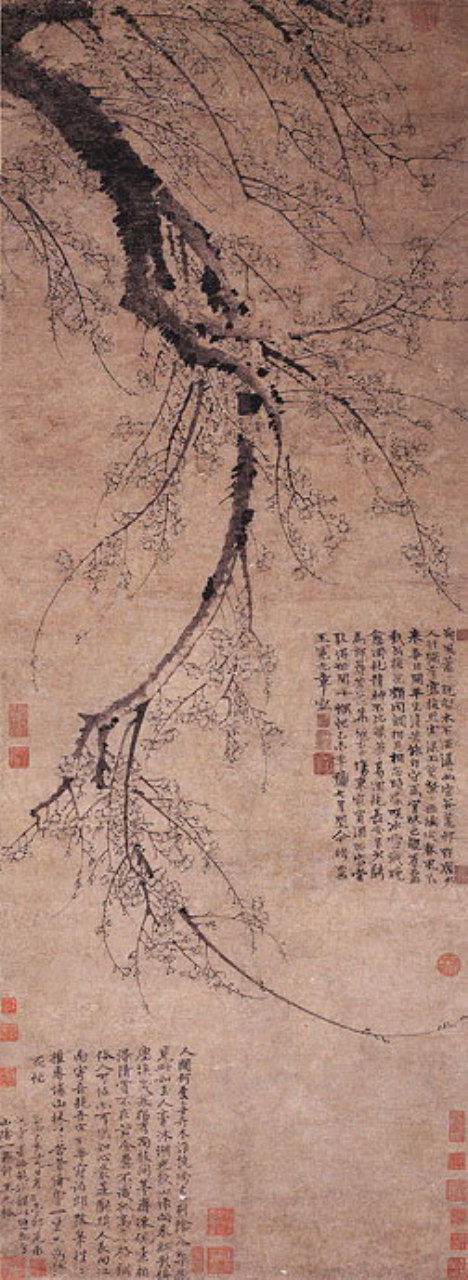
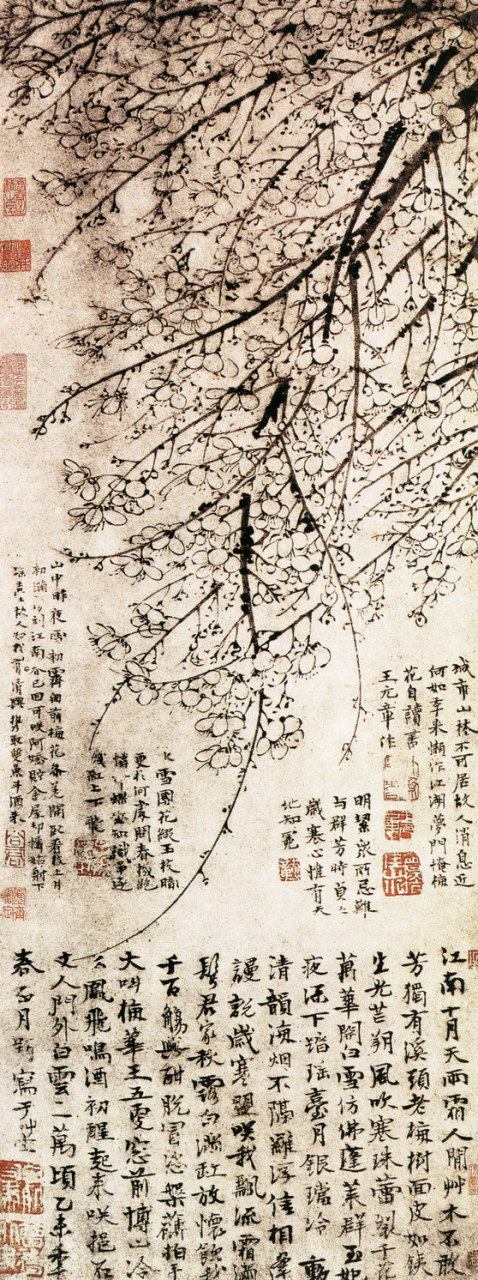
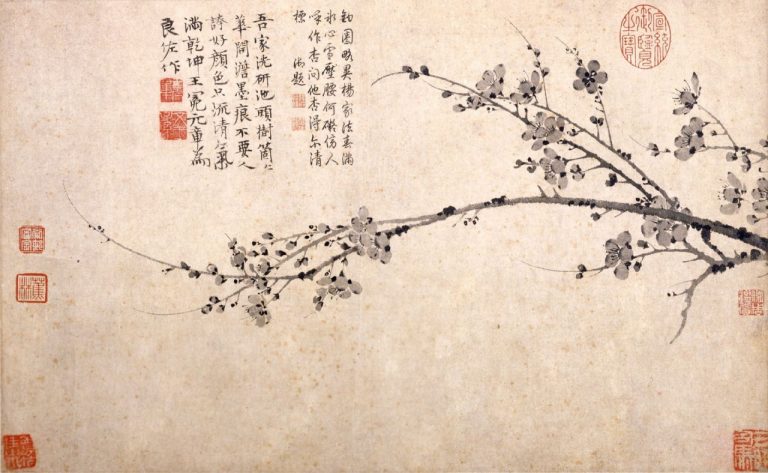
Instructional Video
Mustard Seed Garden Video tutorial by Chinese artist Wu Peng 吴蓬, who was born in 1941 and currently researcher of Shanghai Calligraphy and Painting Institute. He is especially famous for calligraphy (Oracle) and flower paintings.
【芥子园画谱技法讲座】 20(二)兰竹梅菊(09 10)梅
Pictures from Mustard Seed Garden
Materials
-
Inkston 0200WsWl 精品兼毫 Extra-large Fine Jian Hao Combination Brush
 Brush Hair Size: 1.4 * 6.2 cm. Brush Size: 32 * 1.8 * 1.8 cm. It is made Chinese brush craftsmen who have had over 40 years brush making experiences. It is perfect for cursive script and abstract, flower/ birds paintings. $31.76 (USD)
Brush Hair Size: 1.4 * 6.2 cm. Brush Size: 32 * 1.8 * 1.8 cm. It is made Chinese brush craftsmen who have had over 40 years brush making experiences. It is perfect for cursive script and abstract, flower/ birds paintings. $31.76 (USD)
Brand: inkston
Maker: Xu Shi Chun
Materials: JianHao hair
Packaging: silk sleeve
Suitable for: 写意画 Freehand Painting, 花鸟画 Flower and Bird painting, 草书 CaoShu "grass" Cursive Script calligraphy
Brush Hair Size: 1.4 * 6.2 cm

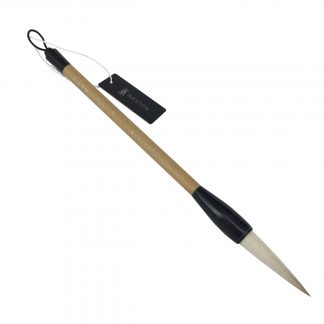
Inkston 0200WsWl 精品兼毫 Extra-large Fine Jian Hao Combination Brush
Sale! $31.76 (USD) Add -
Inkston 0305WsWl 北海云雾 Beihai Yunwu “North lake mist” Extra-large 兼毫 Jian Hao Combination Brush


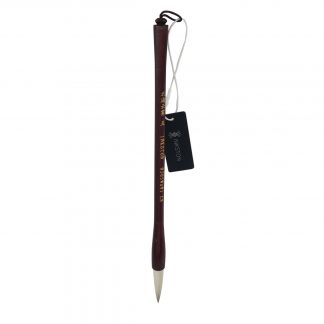
Brand: inkston
Maker: Xu Shi Chun
Materials: JianHao hair
Packaging: silk sleeve
Suitable for: 写意画 Freehand Painting, 花鸟画 Flower and Bird painting, 草书 CaoShu "grass" Cursive Script calligraphy, 行书 xíngshū semi-cursive script
Shipping size: 30.5 × 1.4 × 1.4 cm
Shipping weight: 50 g


Inkston 0305WsWl 北海云雾 Beihai Yunwu “North lake mist” Extra-large 兼毫 Jian Hao Combination Brush
$19.65 (USD) Add -
Inkston 0403Ws 北尾狼毫联笔 Beiwei LangHao Wolf brush


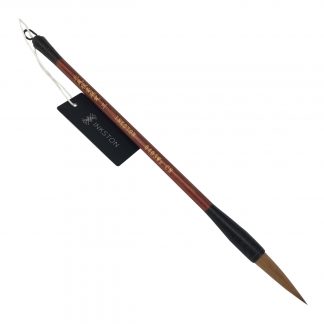
Brand: inkston
Maker: Xu Shi Chun
Materials: Weasel Hair, Wood
Packaging: silk sleeve
Suitable for: 写意画 Freehand Painting, 山水画 ShanShui Landscape Painting, 楷书 KaiShu Regular Script calligraphy, 花鸟画 Flower and Bird painting, 草书 CaoShu "grass" Cursive Script calligraphy, 行书 xíngshū semi-cursive script
Brush Hair Size: 1 * 4.4 cm
Shipping size: 30.5 × 1.3 × 1.3 cm
Shipping weight: 31.5 g


Inkston 0403Ws 北尾狼毫联笔 Beiwei LangHao Wolf brush
$37.38 (USD) Add -
Inkston 0601Ws 经典狼毫大 Large Classic Lang Hao Wolf Brush


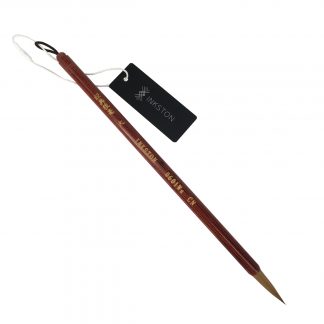
Brand: inkston
Maker: Xu Shi Chun
Materials: Weasel Hair, Wood
Packaging: silk sleeve
Suitable for: 中楷 3-7 cm calligraphy, 大楷 3-9 cm calligraphy, 楷书 KaiShu Regular Script calligraphy, 花鸟画 Flower and Bird painting
Brush Hair Size: 2.8 * 0.7 cm
Product Size: 25 × 0.9 × 0.9 cm


Inkston 0601Ws 经典狼毫大 Large Classic Lang Hao Wolf Brush
$29.33 (USD) Add -
Inkston 0602Ws 经典狼毫中 Medium Classic Lang Hao Wolf Brush


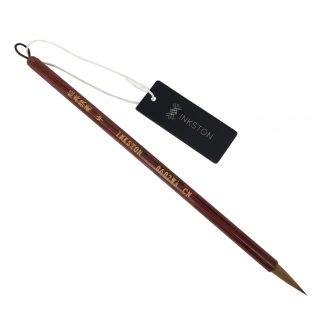
Brand: inkston
Maker: Xu Shi Chun
Materials: Weasel Hair, Wood
Packaging: silk sleeve
Recommend to: Advanced Level, Beginners, Medium Level, Professionals
Suitable for: 中楷 3-7 cm calligraphy, 山水画 ShanShui Landscape Painting, 工笔画 Gongbi Painting, 楷书 KaiShu Regular Script calligraphy, 花鸟画 Flower and Bird painting, 行书 xíngshū semi-cursive script
Brush Hair Size: 2.5 * 0.6 cm
Product Size: 24.5 × 0.8 × 0.8 cm


Inkston 0602Ws 经典狼毫中 Medium Classic Lang Hao Wolf Brush
$27.88 (USD) Add -
Inkston 0603Ws 经典狼毫小 Small Classic Lang Hao Wolf Brush


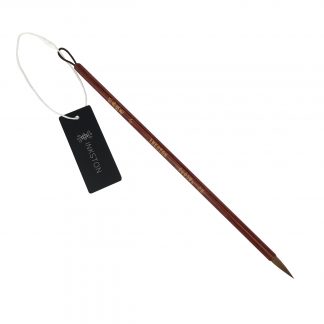
Brand: inkston
Maker: Xu Shi Chun
Materials: Weasel Hair, Wood
Packaging: silk sleeve
Recommend to: Advanced Level, Beginners, Medium Level, Professionals
Suitable for: 小楷 3 – 5 cm calligraphy, 工笔画 Gongbi Painting, 楷书 KaiShu Regular Script calligraphy, 花鸟画 Flower and Bird painting, 行书 xíngshū semi-cursive script
Brush Hair Size: 2.1 * 0.5 cm
Product Size: 24 × 0.65 × 0.65 cm


Inkston 0603Ws 经典狼毫小 Small Classic Lang Hao Wolf Brush
$25.70 (USD) Add -
Inkston 0801SW 豹狼毫 Bao Lang Hao Large Leopard Wolf Brush (Squirrel/Weasel)


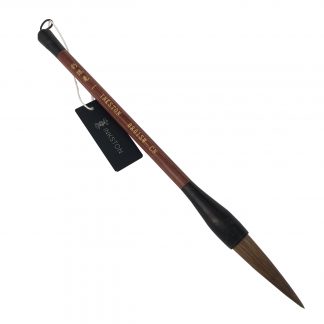
Brand: inkston
Maker: Xu Shi Chun
Materials: Weasel Hair, Wood
Packaging: silk sleeve
Recommend to: Advanced Level, Medium Level, Professionals
Suitable for: Calligraphy, Shi Lu 石鲁 Landscape Painting Style, 山水画 ShanShui Landscape Painting, 楷书 KaiShu Regular Script calligraphy, 花鸟画 Flower and Bird painting, 草书 CaoShu "grass" Cursive Script calligraphy, 行书 xíngshū semi-cursive script
Brush Hair Size: 6 * 1.5 cm
Product Size: 34 × 2 × 2 cm


Inkston 0801SW 豹狼毫 Bao Lang Hao Large Leopard Wolf Brush (Squirrel/Weasel)
$49.00 (USD) Add -
Inkston 0901WsWl 古法大白云 GuFa Da BaiYun “Traditional White Cloud Large” 兼毫 Jian Hao Combination Brush


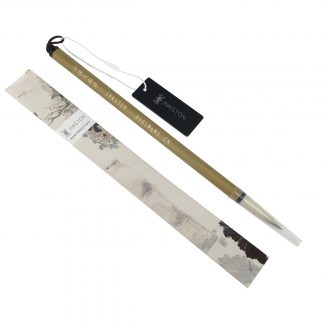
Brand: inkston
Maker: Xu Shi Chun
Materials: JianHao hair
Packaging: silk sleeve
Recommend to: Advanced Level, Beginners, Medium Level, Professionals
Suitable for: Calligraphy, 写意画 Freehand Painting, 楷书 KaiShu Regular Script calligraphy, 花鸟画 Flower and Bird painting, 草书 CaoShu "grass" Cursive Script calligraphy
Brush Hair Size: 4 * 0.9 cm
Product Size: 28 × 1.1 × 1.1 cm
Product Weight: 22.3
Shipping size: 35 × 3 × 3 cm


Inkston 0901WsWl 古法大白云 GuFa Da BaiYun “Traditional White Cloud Large” 兼毫 Jian Hao Combination Brush
$28.76 (USD) Add -
Inkston 0902WsWl 古法中白云 GuFa Zhong BaiYun “Traditional Small White Cloud Medium” 兼毫 Jian Hao Combination Brush


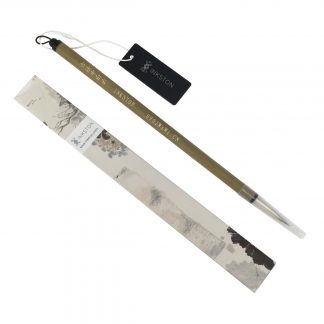
Brand: inkston
Maker: Xu Shi Chun
Materials: Bamboo, JianHao hair
Packaging: silk sleeve
Recommend to: Advanced Level, Beginners, Medium Level, Professionals
Suitable for: Calligraphy, 写意画 Freehand Painting, 楷书 KaiShu Regular Script calligraphy, 花鸟画 Flower and Bird painting, 草书 CaoShu "grass" Cursive Script calligraphy
Brush Hair Size: 3.6 * 0.8 cm
Product Size: 28 × 1 × 1 cm
Product Weight: 13
Shipping size: 35 × 2 × 2 cm


Inkston 0902WsWl 古法中白云 GuFa Zhong BaiYun “Traditional Small White Cloud Medium” 兼毫 Jian Hao Combination Brush
$25.99 (USD) Add -
Inkston 0903Ws 花枝俏 “Flower Brush” Extra Fine Detail LangHao Wolf brush


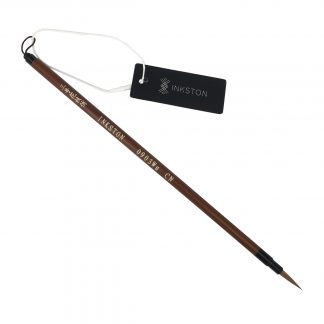
Brand: inkston
Maker: Xu Shi Chun
Materials: Bamboo, Weasel Hair
Packaging: silk sleeve
Recommend to: Advanced Level, Medium Level, Professionals
Suitable for: 1 – 1.5 cm diameter calligraphy, 工笔画 Gongbi Painting, 花鸟画 Flower and Bird painting
Brush Hair Size: 0.35 * 1.9 cm
Product Size: 24.5 × 0.7 × 0.7 cm
Product Weight: 5.2
Shipping size: 27.5 × 5 × 0.7 cm


Inkston 0903Ws 花枝俏 “Flower Brush” Extra Fine Detail LangHao Wolf brush
$10.35 (USD) Add -
Inkston 0903WsWl 古法小白云 GuFa Xiao BaiYun “Traditional White Cloud Small” 兼毫 Jian Hao Combination Brush


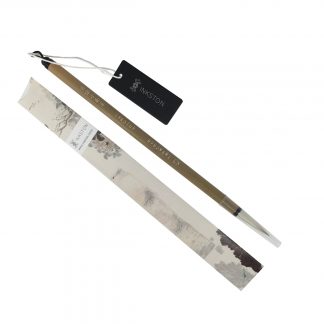
Brand: inkston
Maker: Xu Shi Chun
Materials: Bamboo, JianHao hair
Packaging: silk sleeve
Recommend to: Advanced Level, Beginners, Medium Level, Professionals
Suitable for: Calligraphy, Chinese Painting, 写意画 Freehand Painting, 楷书 KaiShu Regular Script calligraphy, 花鸟画 Flower and Bird painting, 草书 CaoShu "grass" Cursive Script calligraphy
Brush Hair Size: 3.3 * 0.7 cm
Product Size: 26.2 × 0.9 × 0.9 cm
Product Weight: 16
Shipping size: 26.5 × 3 × 2 cm


Inkston 0903WsWl 古法小白云 GuFa Xiao BaiYun “Traditional White Cloud Small” 兼毫 Jian Hao Combination Brush
$22.95 (USD) Add -
INKSTON Expert Flower/ Bird Xuan Paper


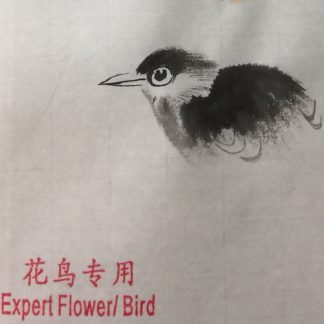
Brand: inkston
Maker: Inkston
Materials: 棉料 Mian Liao
Recommend to: Advanced Level, Beginners, Medium Level, Professionals
Suitable for: 花鸟画 Flower and Bird painting


INKSTON Expert Flower/ Bird Xuan Paper
$23.83 – $238.38 Choose
-
Half Cooked Xuan Paper


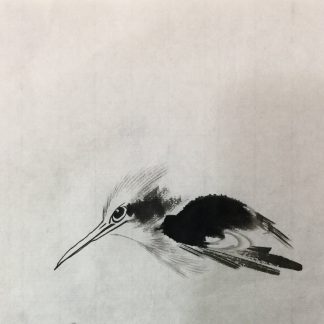
Brand: inkston
Materials: Alum, 棉料 Mian Liao


Half Cooked Xuan Paper
$33.93 – $234.64 Choose -
INKSTON 3338 Plus Xuan Paper


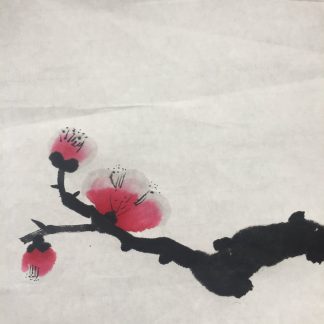
Brand: inkston
Maker: Inkston
Materials: 棉料 Mian Liao
Recommend to: Advanced Level, Beginners, Medium Level, Professionals
Suitable for: Calligraphy, Chinese Painting


INKSTON 3338 Plus Xuan Paper
$31.76 – $256.46 Choose -
INKSTON Extra Fine 3338 Plus Xuan Paper


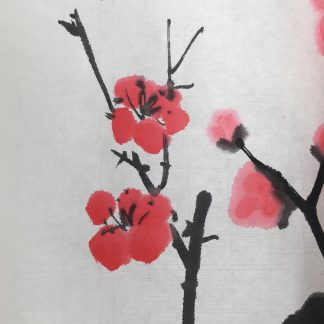
Brand: inkston
Maker: Inkston
Materials: 棉料 Mian Liao
Recommend to: Advanced Level, Beginners, Medium Level, Professionals
Suitable for: Calligraphy, Chinese Painting


INKSTON Extra Fine 3338 Plus Xuan Paper
$32.58 – $236.99 Choose -
INKSTON Extra Fine 45 Aged Appearance (light yellow) Xuan Paper


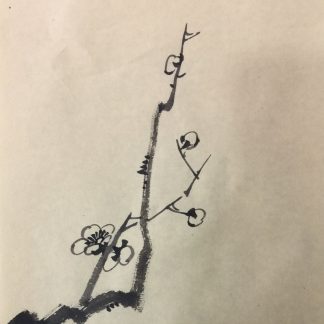
Brand: inkston
Materials: 棉料 Mian Liao


INKSTON Extra Fine 45 Aged Appearance (light yellow) Xuan Paper
$30.65 – $215.99 Choose
Books
-
Chieh Tzu Yuan Manual of the Mustard Seed Garden 芥子园画传 Set of 4 Volumes


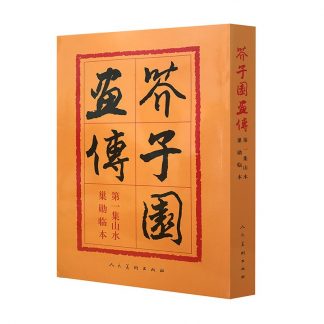
Brand: inkston
Product Weight: ,,,
Shipping size: 98 × 68.6 × 11.8 cm


Chieh Tzu Yuan Manual of the Mustard Seed Garden 芥子园画传 Set of 4 Volumes
$66.10 Add to cart -
Chieh Tzu Yuan Manual of the Mustard Seed Garden 芥子园画传 single book



Brand: inkston


Chieh Tzu Yuan Manual of the Mustard Seed Garden 芥子园画传 single book
$13.80 – $19.25 Choose

